Posts by Ralph Harris

Don’t Despair, Get Repaired: The Best Cellphone Services in Laurel, MS
December 26, 2025
Broken phone in Laurel, MS? Get expert Cellphone Repair Laurel ms. Fast, reliable service, lifetime warranty & free estimate. Repair…
Read more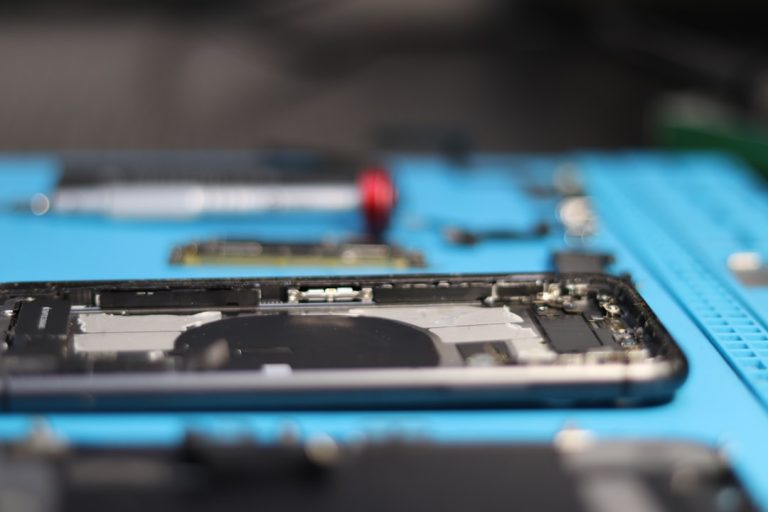
Don’t Toss It! Expert Tablet Hinge Repair Services in Laurel, MS
December 25, 2025
Broken tablet hinge in Laurel? Get expert tablet hinge repair Laurel with a lifetime warranty. Don't risk DIY, trust professionals.
Read more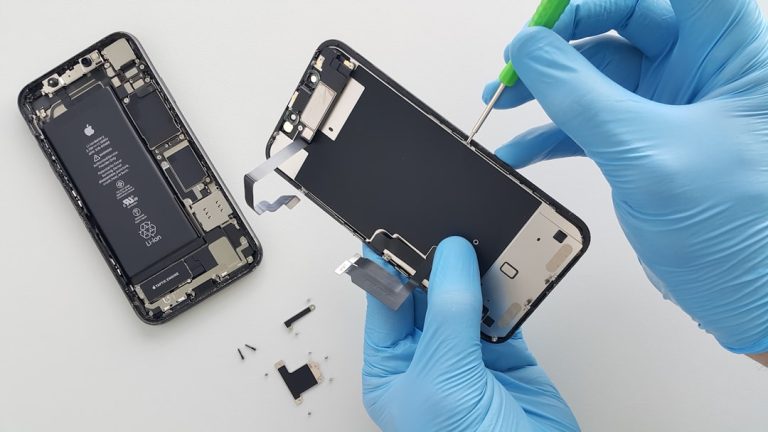
Don’t Despair, Get Your Phone Repaired: Best Laurel MS Services
December 24, 2025
Get expert Cell phone repair Laurel MS. Fast, reliable service with a lifetime warranty & price match. Don't despair, fix…
Read more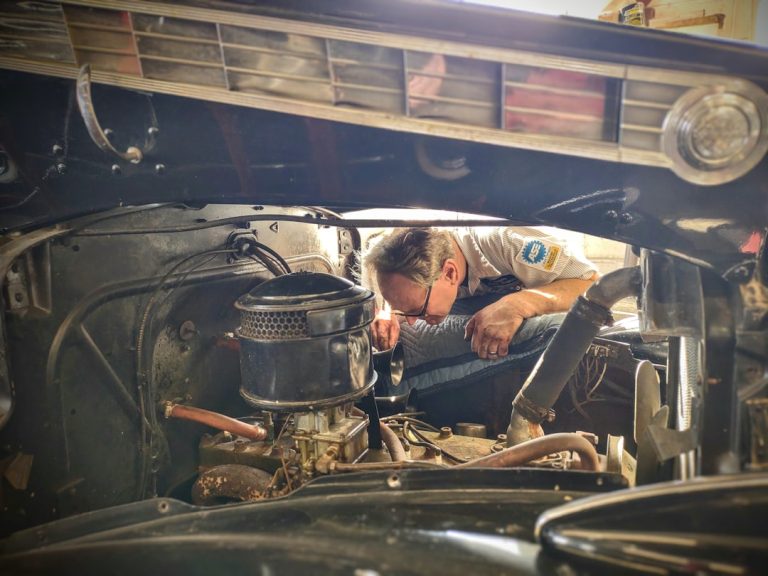
Hattiesburg’s Fix-It Crew: Where to Take Your Wheels for a Tune-Up
December 23, 2025
Find your ideal Hattiesburg repair shop! Discover top-rated mechanics for trusted service, tires, and specialized auto care in Hattiesburg, MS.
Read more
Pre-Repair Prep: How to Clone Your Samsung Phone’s Entire State
December 22, 2025
Repairing your Samsung? Learn exactly how to backup Samsung phone before repair using Cloud, Google, or Smart Switch. Secure your…
Read more
How to Do Laptop Repair, Even if You’ve Never Tried it Before
December 19, 2025
Learn laptop repair! Diagnose problems, try simple fixes, and save money. Get started with DIY laptop repair today.
Read more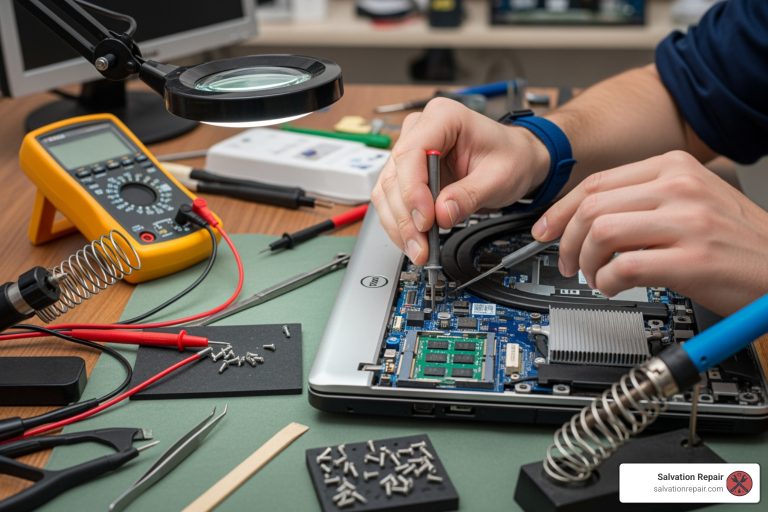
Dell Laptop Repair Near Me: Your Go-To Guide for Quick Fixes
December 18, 2025
Find expert dell laptop repair near me! Get fast, reliable fixes for screens, batteries & more. Compare options & schedule…
Read more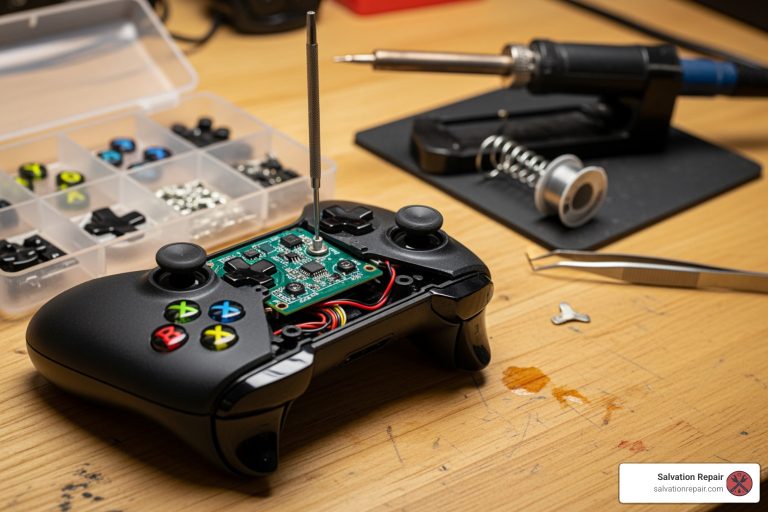
Don’t Get Drifty: A Guide to Xbox Controller Repair Options
December 17, 2025
Xbox controller issues? Solve stick drift & button problems! Find DIY repair guides or contact expert xbox controller fixers today.
Read more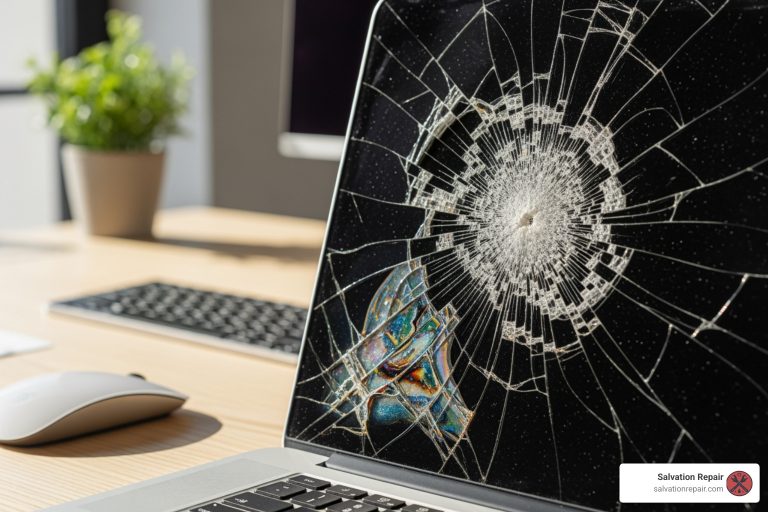
The Ultimate Guide to Fixing Your Broken Laptop Screen
December 16, 2025
Facing a broken laptop screen? Get expert tips on diagnosis, DIY fixes, professional repair & data recovery. Act now!
Read more
iPhone unresponsive screen complete guide
December 15, 2025
Fix your iPhone screen not working with our DIY guide! Troubleshoot common issues, force restart, update iOS, and get your…
Read moreJoin our mailing list for the latest updates and special offers.
Sign up for our newsletter to receive exclusive promotions and repair tips straight to your inbox.